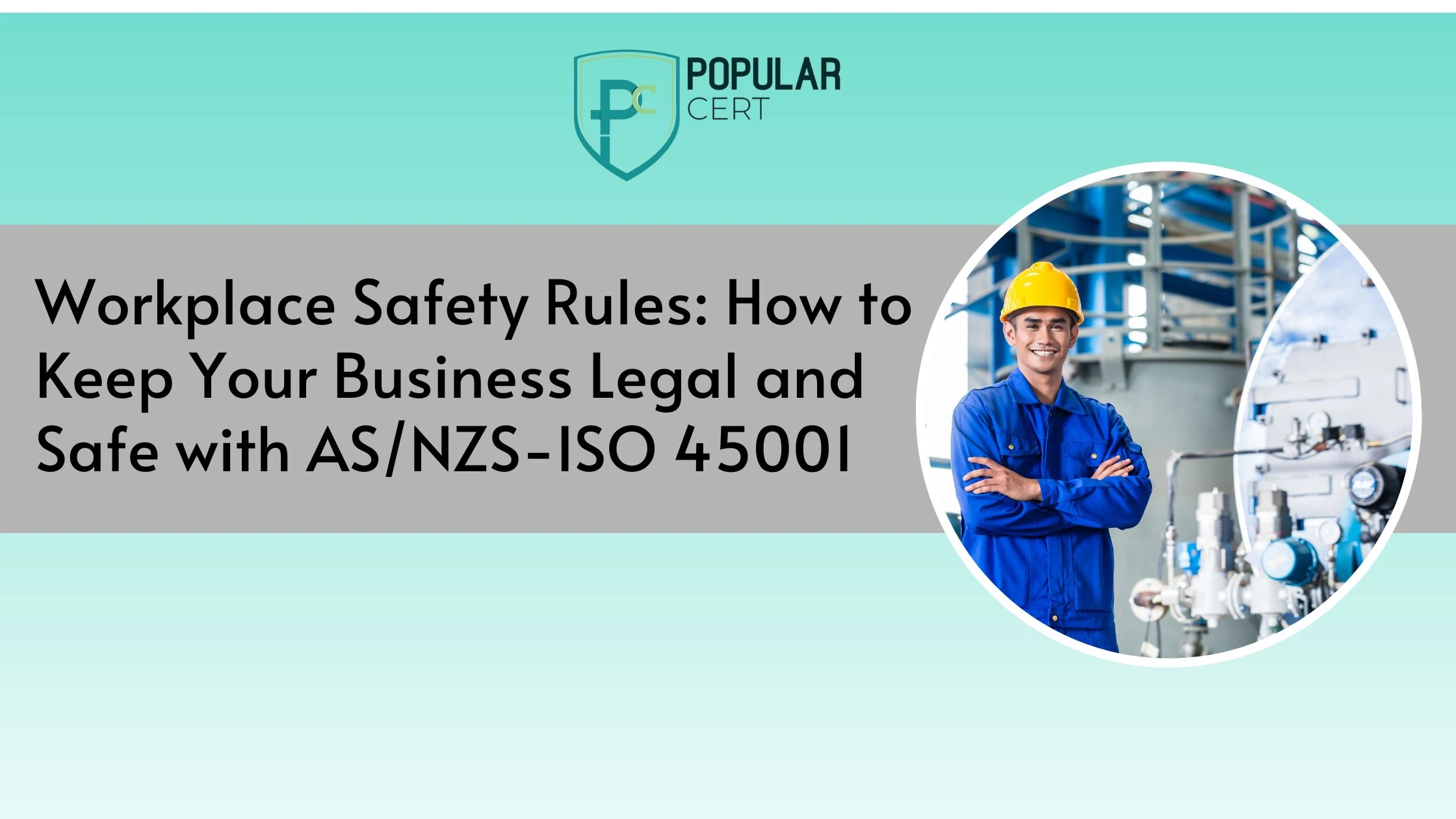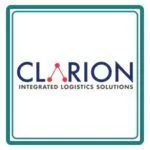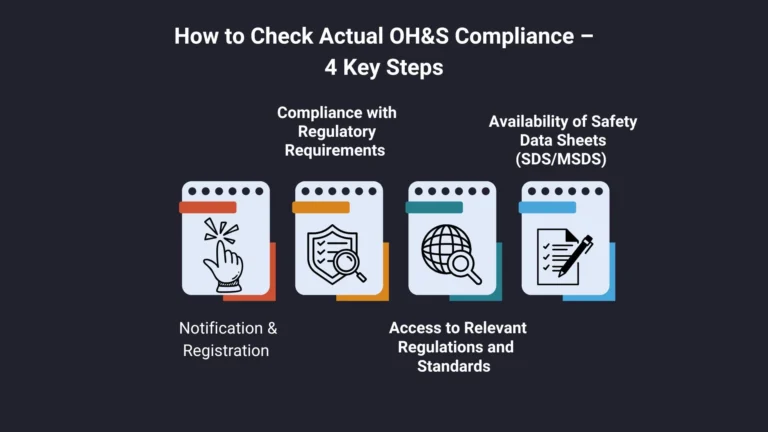Workplace Safety Rules: How to Keep Your Business Legal and Safe with AS/NZS ISO 45001

Ensuring workplace safety is not just a moral obligation but a legal requirement for businesses operating in New Zealand and Australia. With the transition from AS/NZS 4801 to AS/NZS ISO 45001, organizations now have access to a more comprehensive and internationally recognized framework for occupational health and safety (OH&S) management. Compliance with these standards helps businesses create safer workplaces, avoid legal penalties, and protect their reputation. This blog explores the importance of adhering to workplace safety laws, understanding Acts and Regulations, and implementing effective compliance mechanisms. Whether you’re an employer, safety officer, or stakeholder, this guide will help you navigate the complexities of workplace safety and ensure your business remains legally compliant and safe.
Why Compliance matters?
Every organization must identify, understand, and follow all applicable legislation, regulations, and industry standards related to occupational health and safety (OH&S). These obligations aren’t just about avoiding fines—they’re about protecting employees, maintaining your company’s reputation, and ensuring long-term viability.
To stay compliant, businesses need to consider factors like their industry, daily operations, products, and procedures. They should also evaluate the impact of their facilities, machinery, materials, and workforce on safety. Even the company’s location matters, as different regions may have specific legislative requirements.
By regularly reviewing and updating compliance practices, businesses can stay current with evolving laws and industry guidelines. This not only protects employees but also strengthens the company’s reputation and operational resilience.
Understanding Acts and Regulations in OHSAS/AS/NZS Legal and Other Requirements
Workplace health and safety is an area where the legislations and regulations are pivotal in securing the life of the employees at work and meeting the requirements of the businesses in a responsible manner. Let’s take a look at a concise explanation of how these legal requirements function:
Acts (Laws) Set the Foundation – Acts are broad legal frameworks that outline general rules and principles for workplace safety. They define overall responsibilities for employers, employees, and other stakeholders.
Regulations Provide the Details – Regulations are specific rules created under an Act. They explain exactly what businesses must do to comply with the law, such as safety procedures, equipment standards, and reporting requirements. Multiple regulations can exist under a single Act.
The Laws Compliance is Mandatory – Both Acts and Regulations are laws which are legally enforced that is to say organizations must abide by them. It is not optional to avoid or not comply with them.
Legal Consequences May Be Imposed When Violating the Regulations – In case a company or a person does not fill in the required safety standards, they may be fined, or even prosecuted. The most cabin breaches are capable of leading to court; the company or the customer will be put on the line by means of a negative attitude; and the reputation of both will be damaged thereby.
One of the or the set of possible results for an organization through implementing and abiding by the laws could be the protection of the workers from injuries down to a level or the space becoming safer. Most of which can happen through adhering and constantly being informed on these laws which will be a tool for the company to comply and achieve growth.
-
Travel Surge After The Pandemic
The world now welcomes people to travel internationally. However, every aspect of travel, including international health issues, is far more unpredictable than what it used to be. -
Geopolitical and Environmental Risks
The possibility of civil disorder, terrorism, and extreme weather are volatile risks. Organizations must build site-specific intelligence, evacuation blueprints, and contingent assets. -
Legal and Moral Duty of Care
Employers must bear legal liability in safeguarding their employees' welfare and safety regardless of travel associated work obligations. Legal neglect may incur lawsuits, regulatory fines, reputational harm, and loss of organizational trust. ISO 31030 integrates these organizational practices for managing travel risks and fulfilling legal and ethical obligations within an auditable structure aligning legal and moral duties.
Types Of Certification
- ISO Certification
- ISO 9001 Certification
- ISO 14001 Certification
- ISO 45001 Certification
- ISO 22000 Certification
- ISO 27001 Certification
- ISO 17025 Certification
- ISO 13485 Certification
- ISO 20000-1 Certification
- ISO 22301 Certification
- ISO 50001 Certification
- ISO 37001 Certification
- IATF 16949 Certification
- ISO 29001 Certification
- ISO 31000 Certification
- ISO 20121 Certification
- ISO 10002 Certification
- ISO 41001 Certification
Get Free Consultation
Our Clients


















Key Things an Auditor Looks for in OH&S Compliance As an auditor
What we look for is to make sure that an entity has communicated, understood, and followed all occupational health and safety (OH&S) law and other requirements. The following are the main issues that have to be addressed:
1. Can the OH&S Laws be Easily Identified Through a Defined Procedure?
The company must have a procedural guide to identify and alert relevant OH&S rules, regulations, and other legal requirements. It should define who is responsible for legal compliance and how often updates are reviewed.
2. How Does the Organization Access These Regulations?
A system should be in place to access OH&S laws when needed — such as online databases, government portals, or compliance manuals. Responsible staff must know how and where to find the latest updates.
3. How Does the Organization Identify and Apply Relevant Regulations?
The organization must regularly review regulations and identify which ones apply to its operations. This may involve legal registers, compliance checklists, or documented evaluations for clarity and proof.
4. How Are Changes to OH&S Laws Monitored?
A process should exist for staying updated on changes to OH&S laws — such as legal subscriptions, expert consultations, or industry events. A designated person or team should be clearly responsible for monitoring updates.
5. How Are These Changes Communicated Internally and Implemented?
Employees must be informed when laws change and what actions are required. This can be done via training sessions, meetings, emails, or policy updates to ensure effective implementation.
6. Are Employees Informed About OH&S Legal Requirements?
Workers should understand their rights and responsibilities for workplace safety. Awareness can be maintained through safety training, posters, team briefings, or internal emails.
7. Are Other Stakeholders (Contractors, Visitors, Public) Informed?
Safety communication should also extend to contractors, visitors, and even the public where relevant. Briefings, visitor guides, and contractor agreements help ensure everyone is aware of OH&S requirements.
How to Check Actual Compliance with OH&S Legislation
In order to conclude that a company adheres to occupational safety and health (OH&S) regulations, suitable evidence (it’s also called objective evidence) that the organization fulfills its legal obligations should be sought. Here’s how we can check for compliance:

Proof of Notification and Registration with Authorities
The company should have valid records that prove they are registered with the respective government bodies for workplace safety. It refers to permits, licenses, or approvals from local safety, health, and environmental agencies. Emergency services such as fire departments should also be informed about any potential on-site hazards.
Compliance with Regulatory Requirements
The organization must provide documentation showing compliance with mandatory safety laws. Regular workplace inspections, safety audits, and risk assessments involving workers should be conducted and recorded. Any issues found during inspections should have clearly documented corrective actions and follow-ups.
Access to Relevant Regulations and Standards
Employees should know where to find the latest safety laws and standards relevant to their industry. This includes legal registers, internal policies, or official government websites. The company must have a system in place to track and implement legal updates.
Availability of Safety Data Sheets (SDS/MSDS)
If hazardous materials are used in the workplace, Material Safety Data Sheets (SDS/MSDS) must be available. These sheets should outline proper handling, storage, and emergency procedures for each substance. All employees must be trained to understand and use SDS documents correctly to maintain safety.
Conclusion
Workplace safety is a critical aspect of running a successful and responsible business. By adhering to standards like AS/NZS ISO 45001 and staying updated with local Acts and Regulations, organizations can create a safer environment for employees, avoid legal repercussions, and maintain their reputation. Regular compliance reviews, employee training, and effective communication of safety policies are key to achieving these goals. For more insights on workplace safety standards and compliance, visit our website or explore our resources on AS/NZS ISO 45001. Remember, a safe workplace is not just a legal requirement—it’s a foundation for long-term success.
GET A FREE CONSULTATION NOW
FAQ
1. What is AS/NZS 4801, and has it been replaced?
AS/NZS 4801 was a workplace safety standard in Australia and New Zealand. It has now been replaced by AS/NZS ISO 45001, which is a more updated and internationally recognized safety standard.
2. What are the risks of not following workplace safety laws?
Companies that don’t follow safety laws can face fines, legal action, and reputational damage. More importantly, unsafe workplaces can cause injuries or even fatalities.
3. How can a business stay compliant with workplace safety regulations?
Businesses should regularly check legal updates, train employees on safety rules, and conduct workplace inspections to ensure they meet all health and safety requirements.
